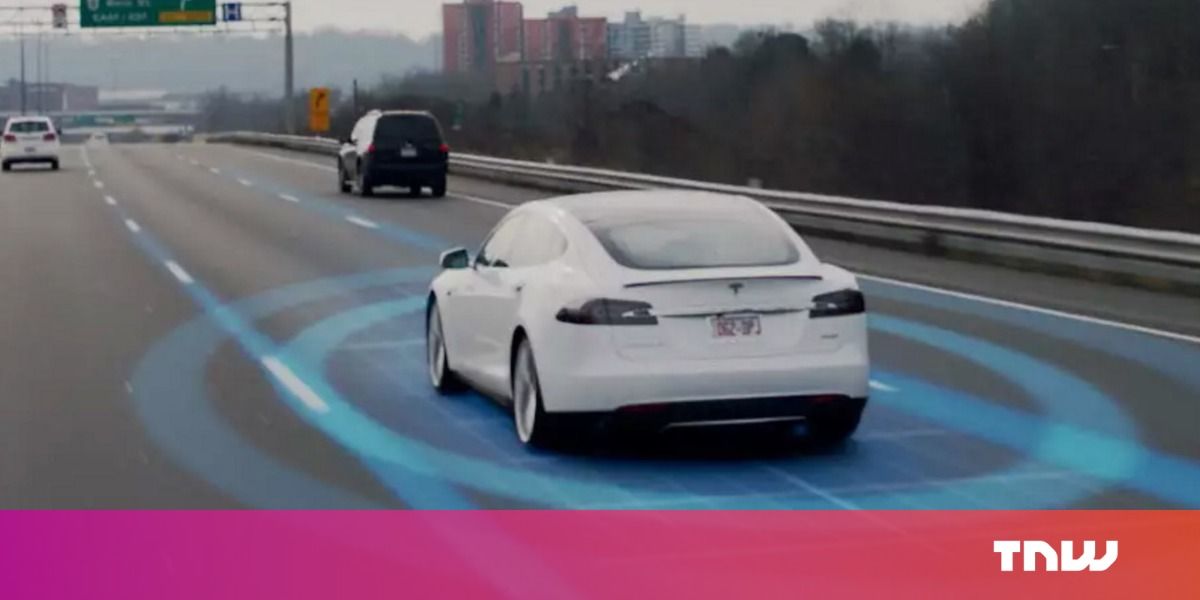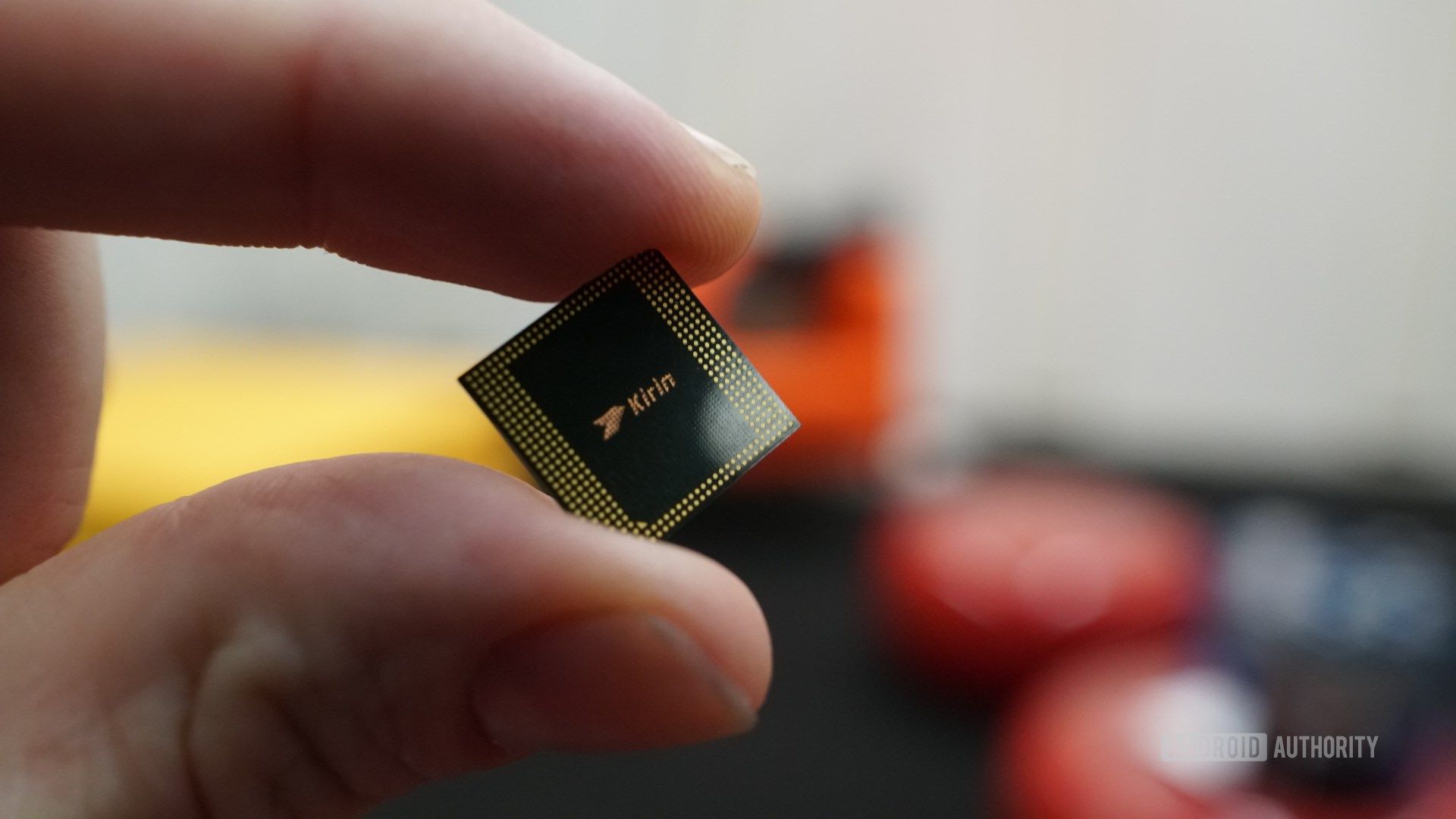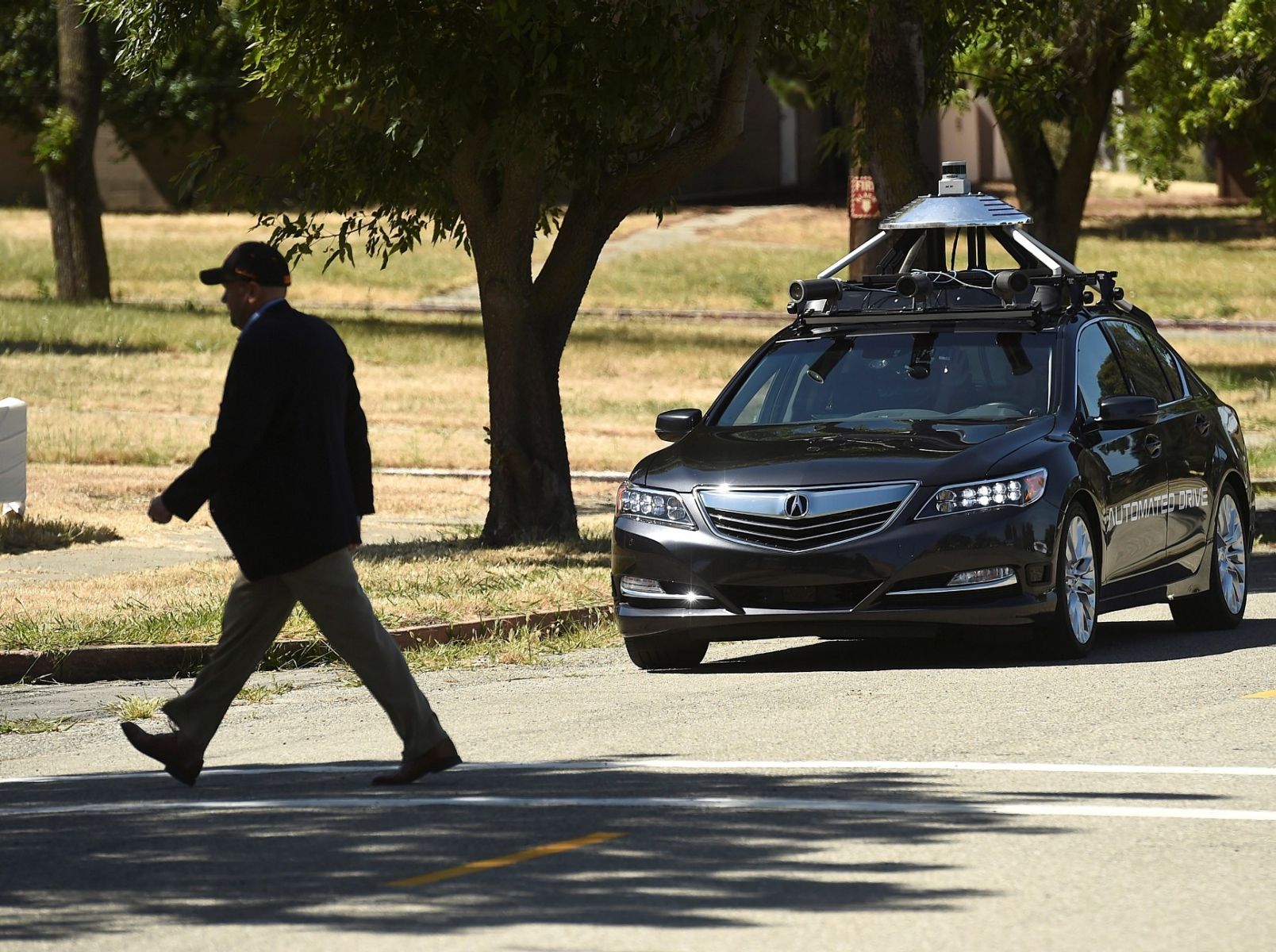More on this #transhumanism AI religion story, w/ some of my quotes in it. This article has 5500 comments on it!
Former Google engineer Anthony Levandowski is emerging from the shadow of a self-driving lawsuit to create a robot god.
The present continues to take inspiration from science-fiction author Isaac Asimov’s visions of the future. In “The Last Question,” Asimov conceived of an artificial intelligence project known as Multivac. Its purpose was to solve for the inevitable heat death of the universe, but in the end, it becomes that answer.






